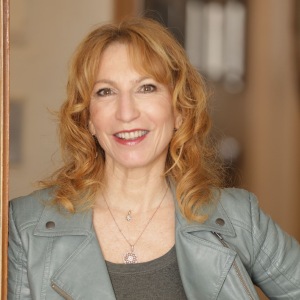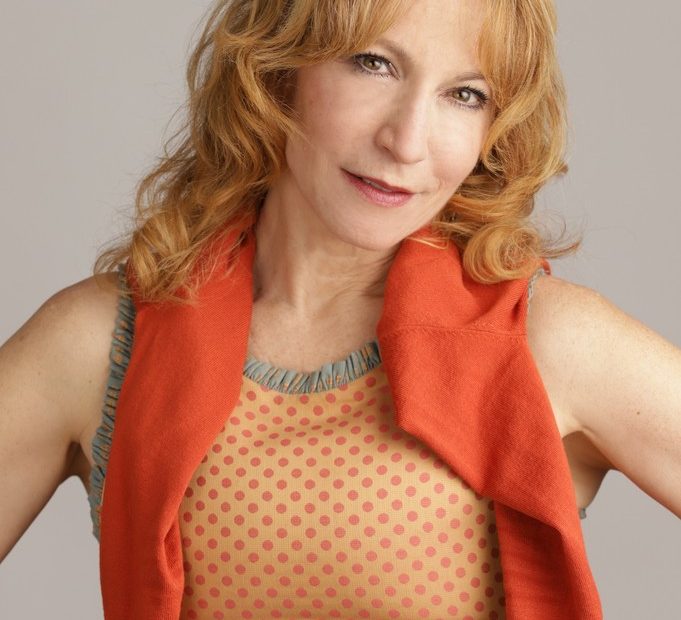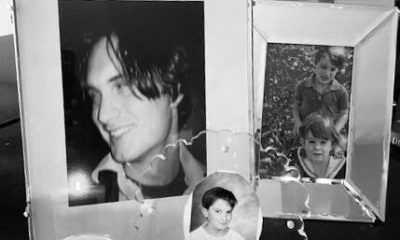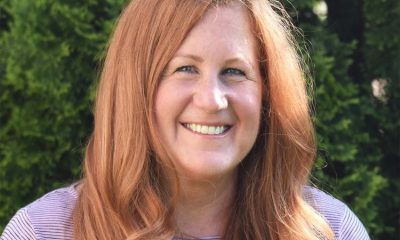by Edy Nathan
I’m not unacquainted with grief. At a very young age, it seemed to me grief was everywhere. There was nothing morbid about it. It was as natural as breathing. Unrest and trauma were imprinted in my young mind as I saw homeless dogs and cats scavenging for food, witnessed loud, aggressive arguments between adults, and watched television news reports about violence and death that were close to home. As a child, it seemed natural for me to grasp the concepts of cruelty, injustice, and loss.
I started my personal dance with grief at the tender age of four, when I realized my inner soul was quite different from that of my family. When turmoil coexists with love, the power of the trauma can often trump any desire to create a loving environment. I learned early on that in order to receive the love I needed, I had to act in ways that quieted the internal forces within me so my family unit could accept me.
Once, my family hired a photographer to take formal photos of the kids. When, in preparation for the photos, I didn’t allow my mom to comb my unkempt hair, she had it cut the next day. I had loved my hair. I just didn’t like having it combed, but in that crucial moment, her desire to have me look a certain way outweighed my sense of individuality. One of my mother’s best qualities was her perfectionism and the desire to have beauty around her, but that desire was sometimes extreme. I never forgot the lesson I learned that day: Be the good girl or have your hair cut off.
It was important for me to have a voice, yet at what price? Kids hunger to be loved by their parents and will acquiesce in order to be “worthy” of that love. The quest to fit in can lead to negating and ignoring conflict or sadness while honoring the desire to find the innocence and delight in the world. It was sometimes hard for me to turn away from the pain and silence the negative. I had an innate ability to feel the pain of others, especially of those who were close to me. Although I couldn’t articulate what was going on within my soul or within the soul of my family or social environment, I perceived a lack of safety. Many survivors of trauma and loss have complicated relationships with safety, trust, and truth.
When safety is compromised, the young mind compensates with precocious and curious behaviors. I learned a hard lesson that the kind of love we need is often not the kind of love those around us are capable of giving. As the inner workings of my soul were buried, along with the hope of getting that love or feeling safe and protected, the process of mourning began.
I hungered with a desire to escape from what was already a budding, fearful state of being. This led to sleepless nights, anxiety, nightmares, and roaming in the late hours of the night. My restlessness permeated my daily life. The family lore included tales of little Edy walking out of the house in the middle of the night and “breaking into” (though no one locked their doors) the neighbor’s house, and ultimately being found asleep on the couch in their home.
Thankfully, the roaming stopped. My sensitivity to, and awareness of, how prickly things could be within my home never subsided. It was easy to see how I wore my sensitivity on my sleeve, which led to incessant bullying, and ultimately, sexual trauma perpetrated by classmates. I had nowhere to go, no one to trust. Another type of grief emerged, and although no one had died, except perhaps my soul, the internalized trauma turned into self-hatred, self-consciousness, and ultimately, obesity, which was an attempt to nourish the emptiness inside. I could count on grief. It never disappointed me. It was always there leading the way. Keeping people at bay. My relationship with grief continued for many years. I realized I had to change the power of its grip, and no one had the ability, or the knowledge, to do it for me.
 Eventually, the theater became an amazing outlet for me that changed the internal messages I was giving myself. I borrowed survival techniques from the many characters I met through the written word. New York City seemed far away from the trauma and losses at home, so I headed there to follow the only dream I had — to be on stage.
Eventually, the theater became an amazing outlet for me that changed the internal messages I was giving myself. I borrowed survival techniques from the many characters I met through the written word. New York City seemed far away from the trauma and losses at home, so I headed there to follow the only dream I had — to be on stage.
There are chemicals in the brain, like serotonin, that control thinking and mood. Once I was in New York, the respite from the negative voices increased my serotonin levels, a “feel good” chemical in the brain, allowing me to self-regulate with greater ease. My brain was changing its relationship to loss and grief. Although my responses to trauma and loss were still extreme, the intensity of the responses was shorter-lived and ultimately had less of an impact on me.
The balance I had achieved was disrupted when Paul, my first love, was diagnosed with cancer. I lost him as I was finishing a master’s degree at New York University. When he was diagnosed, the life we’d both envisioned suddenly morphed into something completely unexpected. His death changed the trajectory of my life, and the grief and disappointment were potent enough to trigger a resurgence of past grief and trauma. As I engaged with my pain, it was clear that few people were able to help me navigate life while I was in the dark hole. In the darkness, I knew there was the hope of light, even if at the moment I couldn’t see it or ignite it. As I embarked on my odyssey, I realized I wanted to help others face their journeys and it became my new goal.
There is nothing more alienating than realizing how alone you are. This sense of being alone in the grief and in the trauma is abstract and often difficult to articulate. There is nothing more empowering and magical than to realize that you will have to create your own path to healing.
Part of that venture involved dropping out of the theater world. Being on the stage would not help me find myself; rather it would keep me masked in character and in hiding. I found a therapist who witnessed my pain, challenged my silences, and provoked me to stand up to the shadows that lurked within my psyche. He joined me in the journey. I learned to take aspects of the theatre world such as masks, character development, and projective techniques like puppetry and learned to use them to help others face their own losses and mourning cycles. Thus, my career as a therapist began.
Becoming a therapist was less of a choice and more of a calling. Through the process of professional training and seeing myriad clients identify and break into and through their mourning cycle, it was clear that trauma, loss, and grief needed to be acknowledged and recognized for their compelling and forceful impact. The pervasive power of that impact is unimaginable.
As a therapist in private practice, my clients are my greatest teachers. They often portray their anxiety and depression as emotional prisons from which there is no escape. Many are not only grieving the loss of a loved one, they are also mourning the intense loss of self that can result from experiences such as divorce; sexual, physical, or emotional abuse; job or financial loss; or serious medical issues. And yet, I see them emerge from the confines of grief and marvel as they navigate away from the darkness to grace.
Engaging with grief is challenging. Grief plays games with the mind, often making you wonder how you can feel better without betraying the person or the thing you lost. Grief can be tricky. Many bereaved individuals don’t recognize that grief is an umbrella under which a multitude of personal losses resides. For example, if you had been ill for a long time, had been abused, and then years later lost a house, you may find yourself deep in the grip of grief. The loss of the house alone may not have triggered a traumatic response, but if you never dealt with the initial losses, your home being taken away can act as a kind of tipping point for your encounter with grief.
The experience of grief is like your fingerprint because it is as individual as you are. No traumatic event, illness, or loss of a loved one is exactly the same, so it’s logical that no two people will experience the grief related to these events in the same way.
Journaling or keeping a notebook for your thoughts can allow you to create a sacred place; writing can be a useful tool. Your journal can be the holder of your secrets and your growth. It offers you the ability to refer to the moments of struggle, the revelations, and how and when shifts in your attitude or behavior occurred. Your journal will become a treasure of discovery. Take the time to recover what has been forgotten, what needs to be remembered, and invent the person you want to be as you disengage from the grasp of grief and learn to dance.
Working with grief is a chance to alter where you are, dance in your own way, and find the balance you need in order to live with your losses. In sharing my candid story with you, I want to let you know that it is more than possible to change how you dance within the parameters of grief and trauma. Think of yourself as an alchemist working to transform the pain of grief and trauma into grace.
For more information about Edy, you can check out her website.
Support us by driving awareness!
Subscribe to our YouTube channel at YouTube.com/GrapGrief.
Follow us on Facebook at Facebook.com/GrapGrief and on Instagram at Instagram.com/GrapGrief.







